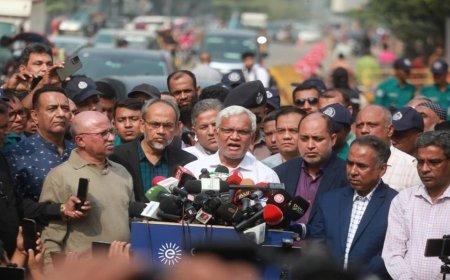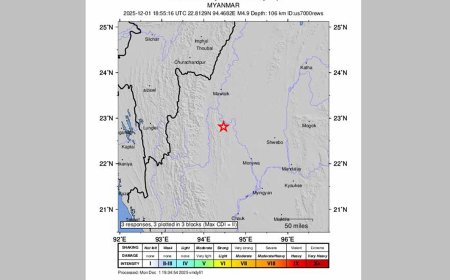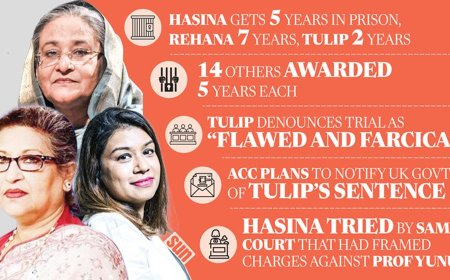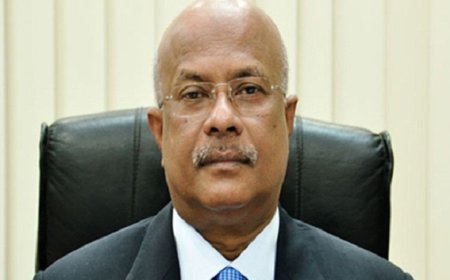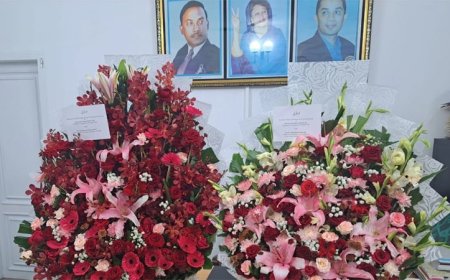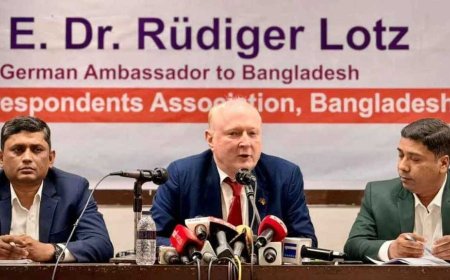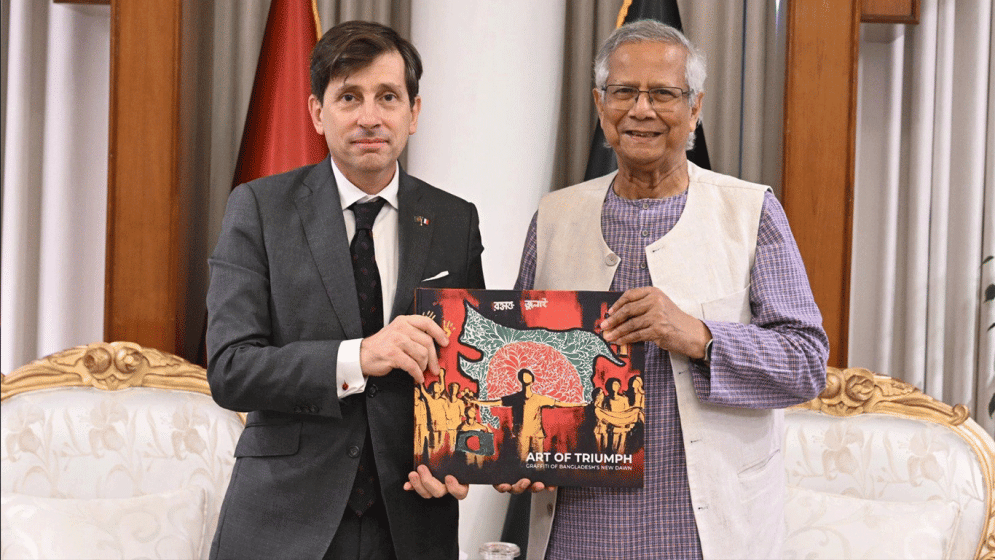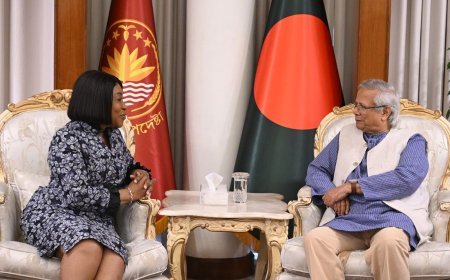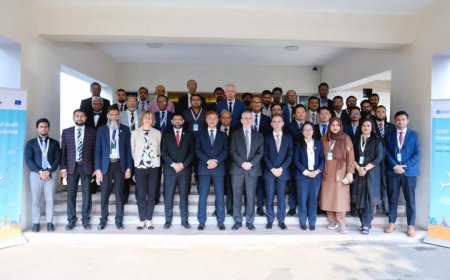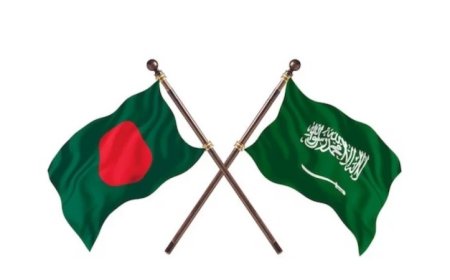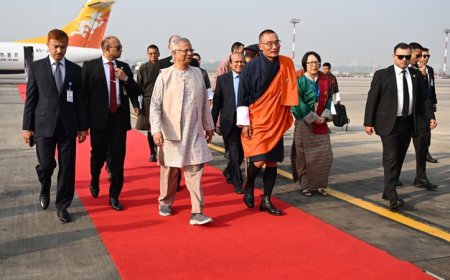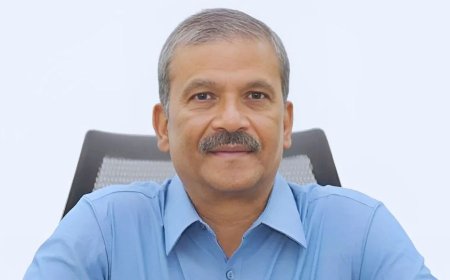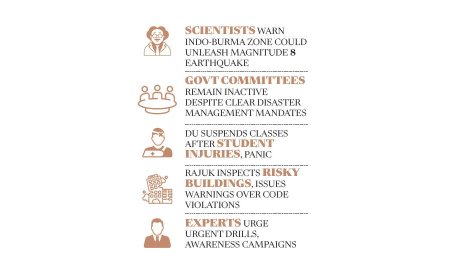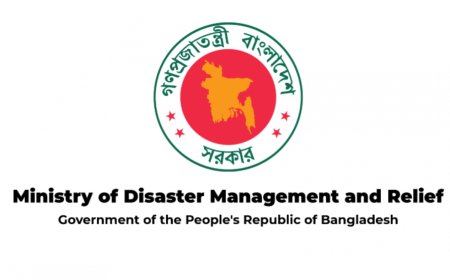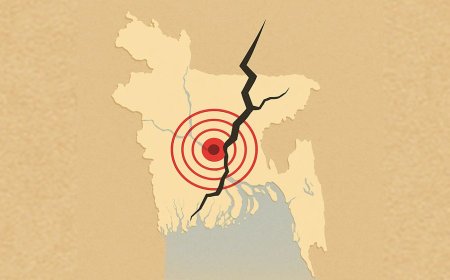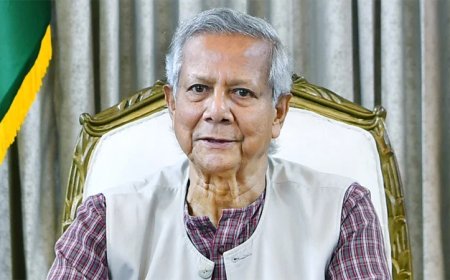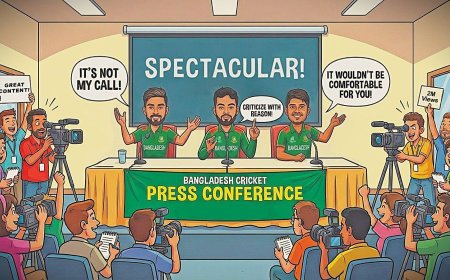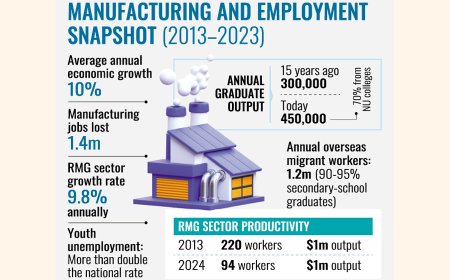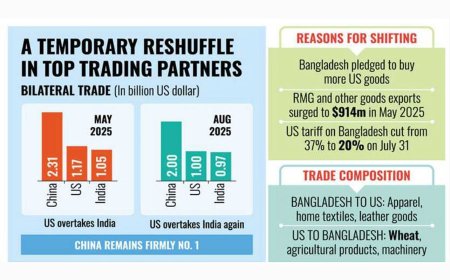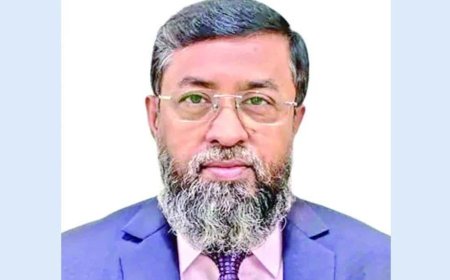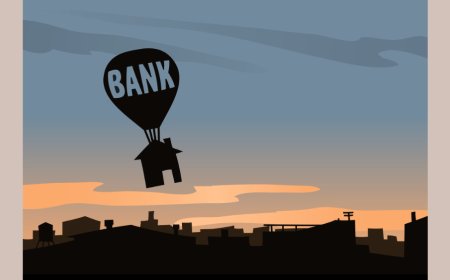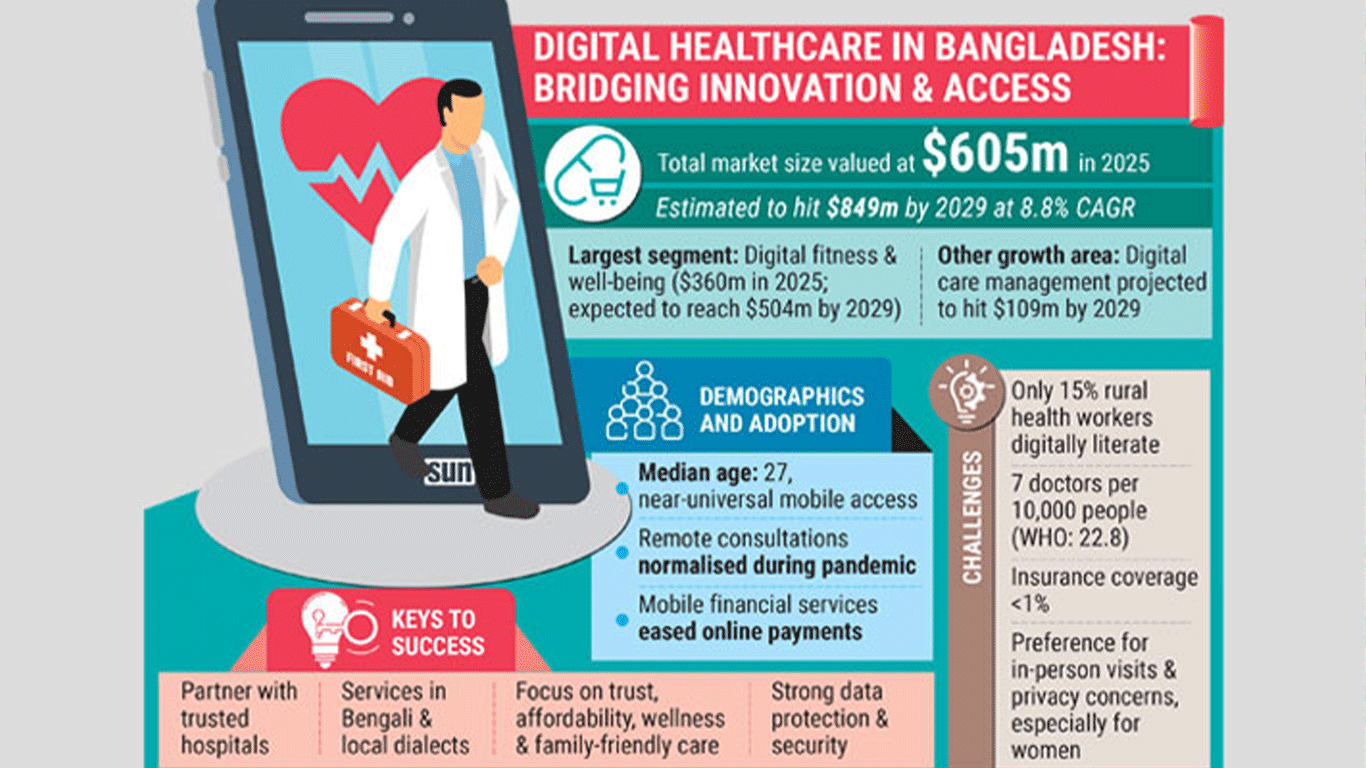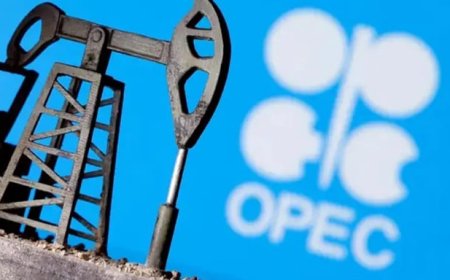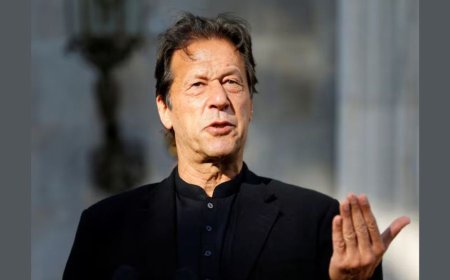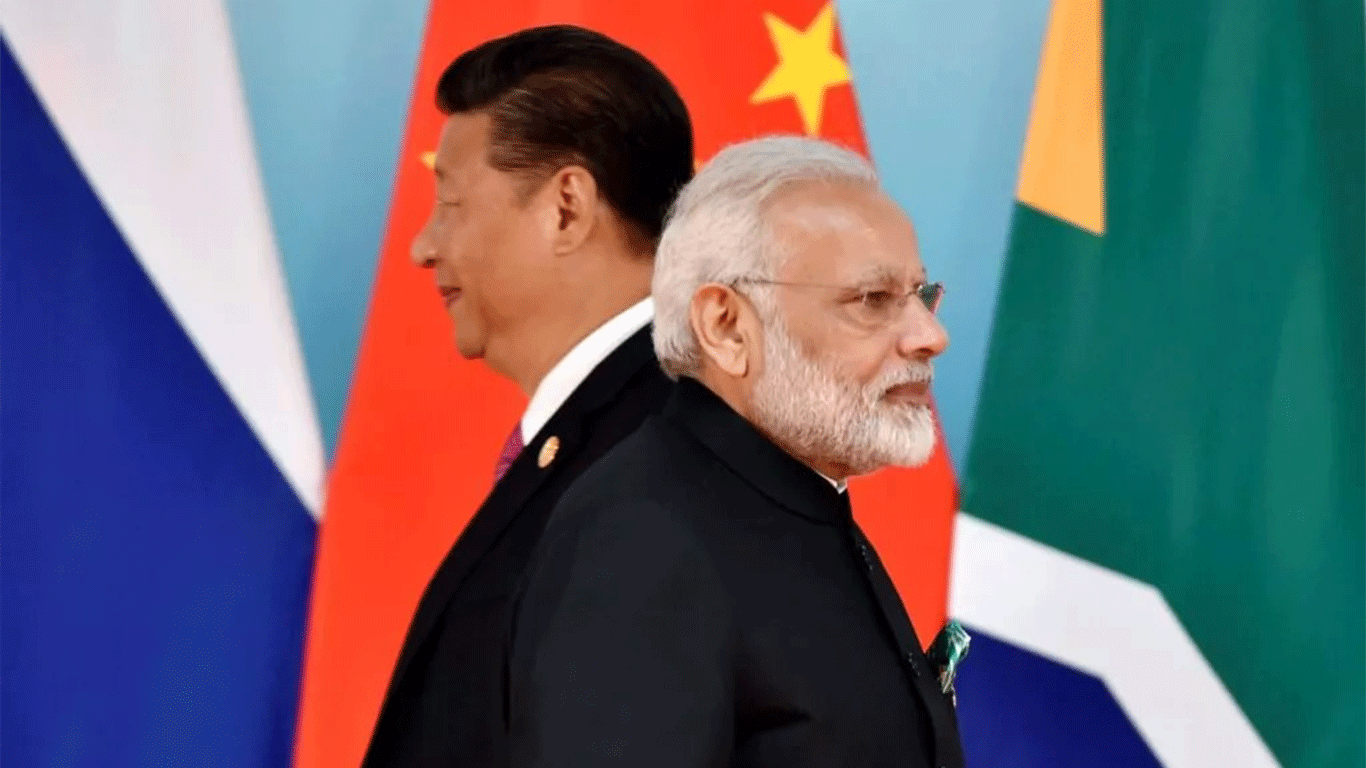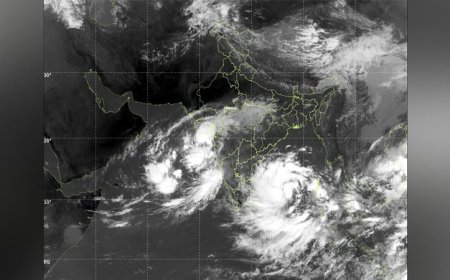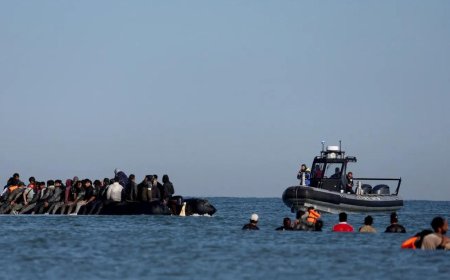Around 4 crore people in Bangladesh are living in multidimensional poverty
The findings indicate that in 2019, 24% of the population lived in multidimensional poverty.
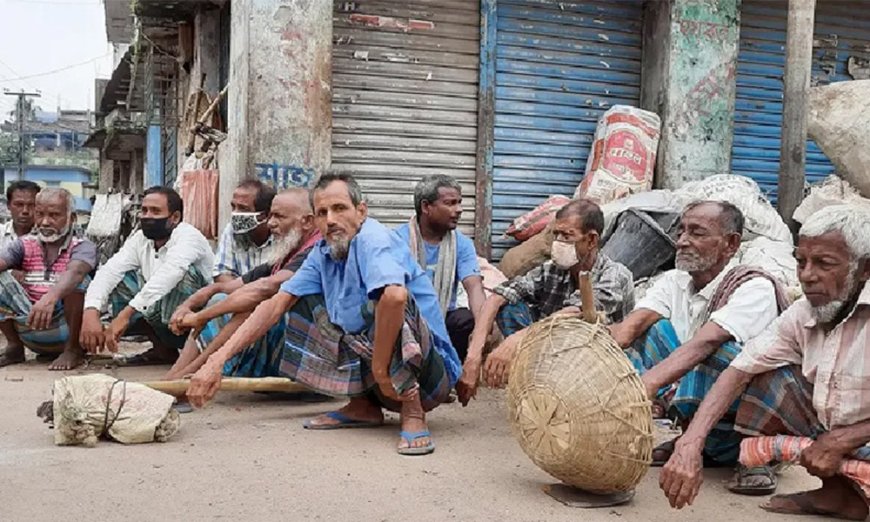
Electricity may have reached households and mobile phones are widespread, yet many children remain out of school. When illness strikes, hospitals are inaccessible; clean water and sanitation are often unavailable. This is the harsh reality of multidimensional poverty—affecting at least 40 million people in Bangladesh, roughly one-fourth of the nation’s population.
According to Bangladesh’s first-ever Multidimensional Poverty Index (MPI), poverty goes far beyond income—it reflects deprivation across education, healthcare, and basic living conditions. Developed by the General Economics Division (GED) using data from the 2019 Multiple Indicator Cluster Survey (MICS), the MPI offers a more comprehensive measure of poverty.
In 2019, the MPI found that 24% of the population lived in multidimensional poverty—significantly higher than the 2022 income-based poverty rate of 18.7%.
“Poverty isn't just about lacking money,” said GED Member Dr. Manzur Hossain. “A person may earn a little, yet their children are out of school, they have no access to healthcare, safe drinking water, or adequate housing. These are the faces of multidimensional poverty.”
The index measures three key dimensions—education, health, and living standards—through specific indicators. Individuals deprived in at least one-third of these indicators are classified as multidimensionally poor.
Children are the most vulnerable: 29% of those under 18 live in multidimensional poverty, compared to 21% of adults. However, there has been progress—down from nearly 50% in 2012–13, with an estimated 13 million children escaping poverty over seven years. Improvements in electricity access, housing, sanitation, and asset ownership contributed to this change.
A stark rural-urban gap remains: while urban poverty stands at 13%, it rises to 27% in rural areas. Among regions, Khulna reports the lowest poverty rate at 15%, while Sylhet records the highest at 38%.
At the district level, disparities are even more striking. In Bandarban, 65% of residents are multidimensionally poor—two out of every three people. Cox’s Bazar and Sunamganj follow with rates of 47%. Conversely, Jhenaidah has the lowest rate at just 9%.
Key drivers of deprivation include school dropouts, low educational attainment, malnutrition, and substandard housing. Issues like inadequate housing, lack of internet access, and poor sanitation affect over 20% of the population.
Dr. Hossain noted that the MPI enables identification of disparities at the district and divisional levels, allowing targeted policy interventions and better allocation of resources through public investments and social safety nets.
Planning Ministry Advisor Dr. Wahiduddin Mahmud praised the MPI as an innovative tool that will support more precise planning and monitoring of progress toward the Sustainable Development Goals (SDGs).
The index was developed by the GED in collaboration with the Bangladesh Bureau of Statistics (BBS), UNICEF Bangladesh, and the Oxford Poverty and Human Development Initiative (OPHI) at the University of Oxford.
What's Your Reaction?







